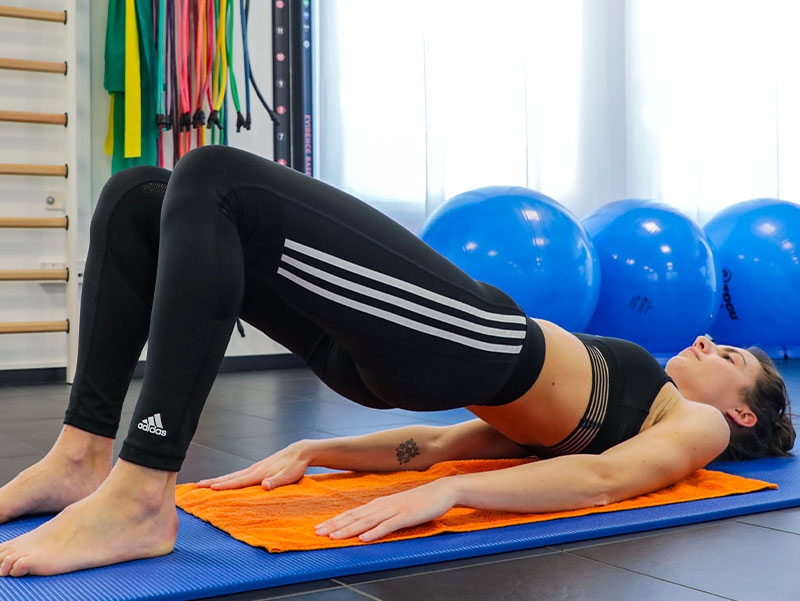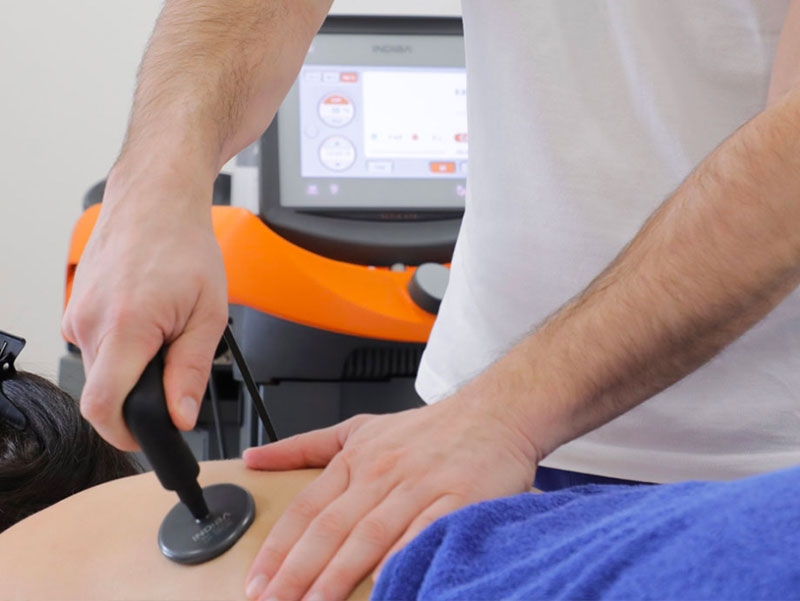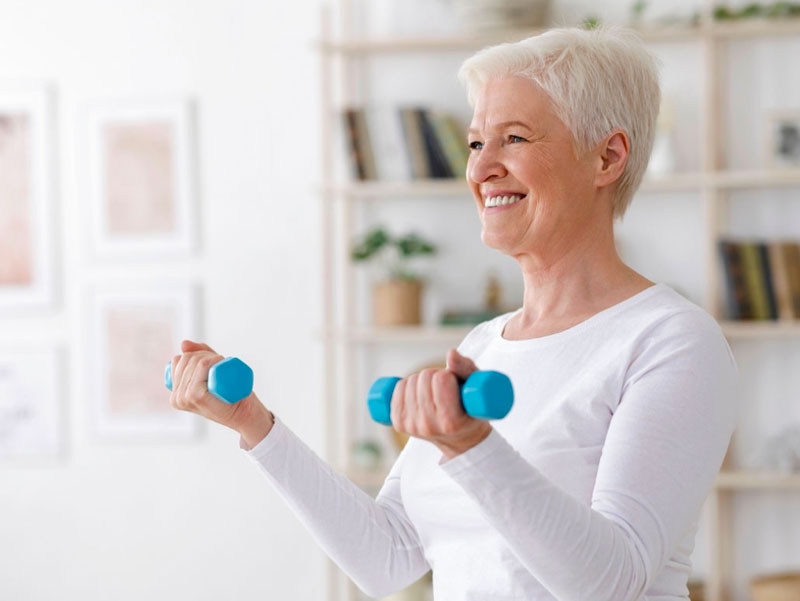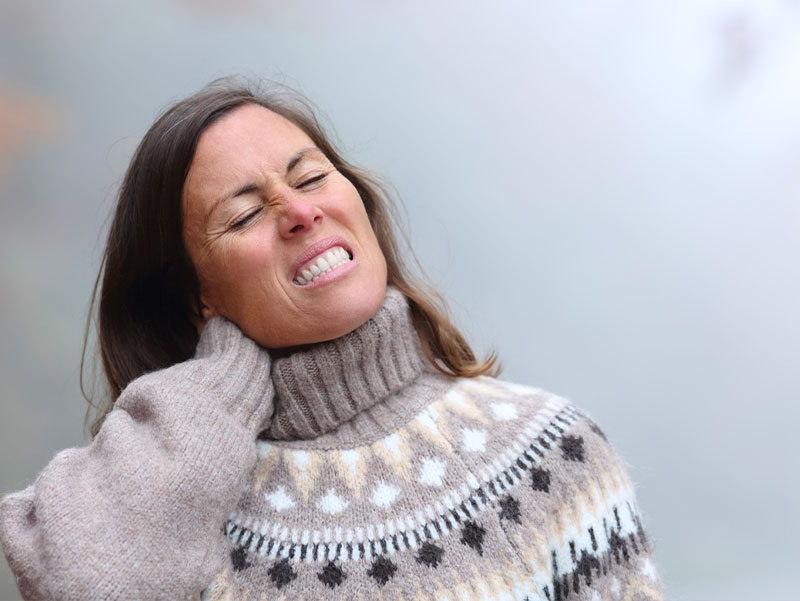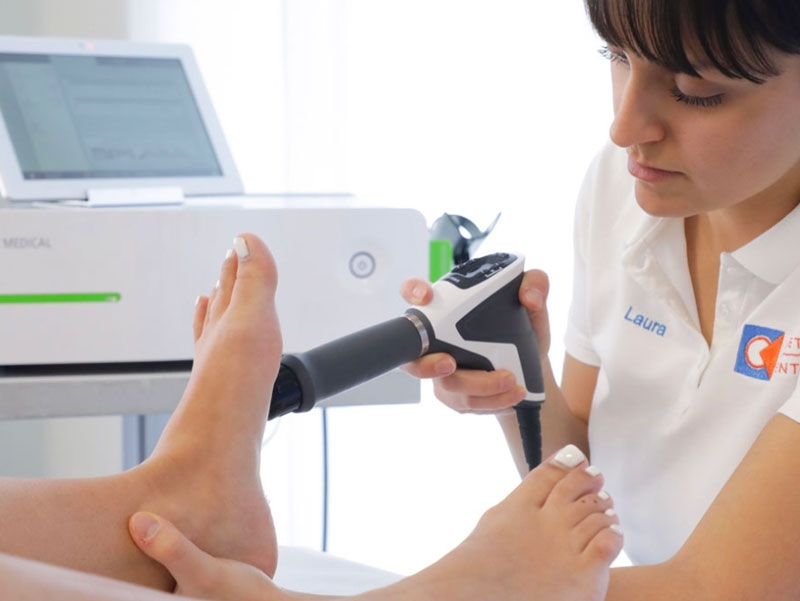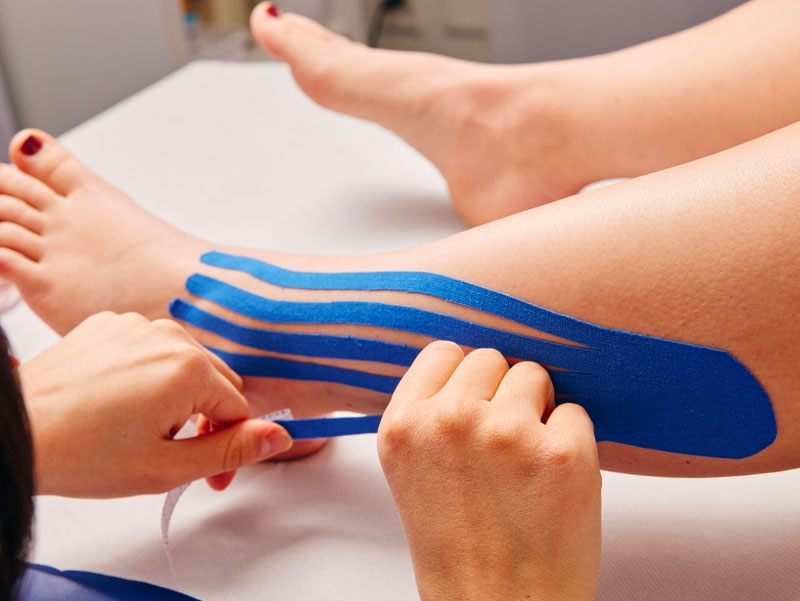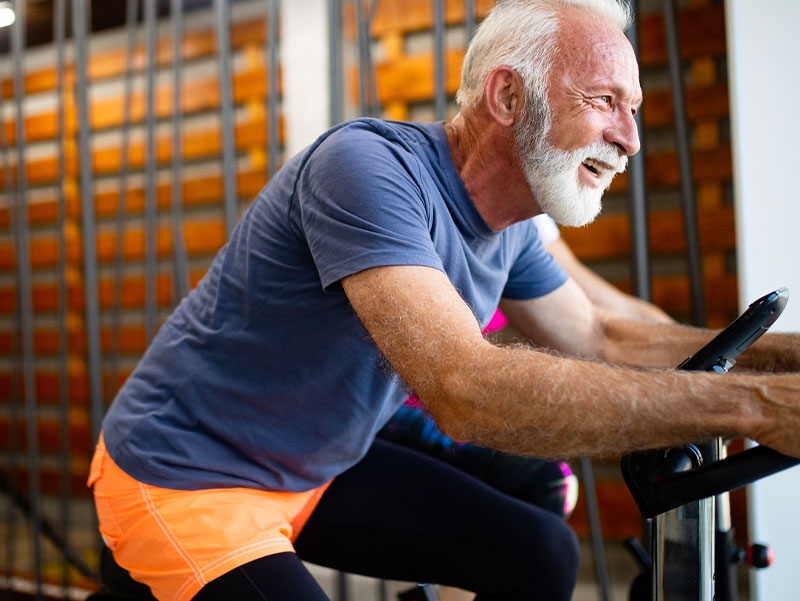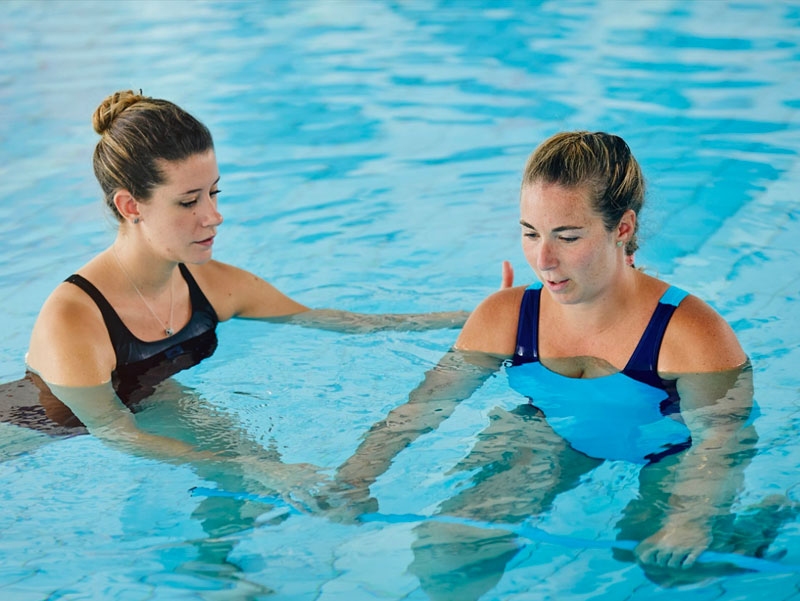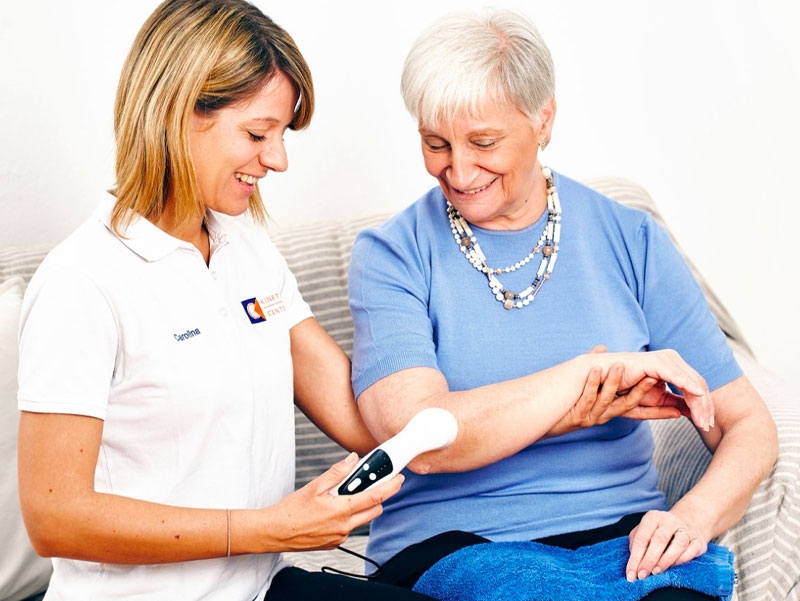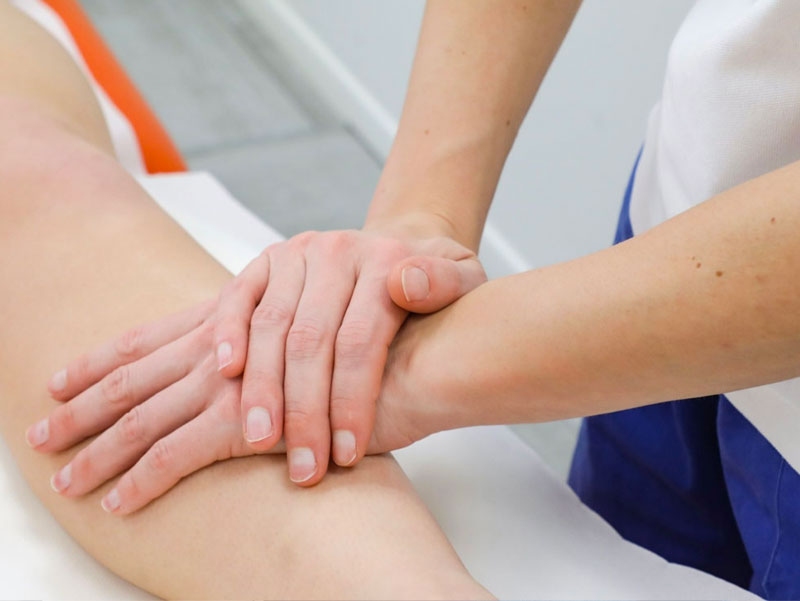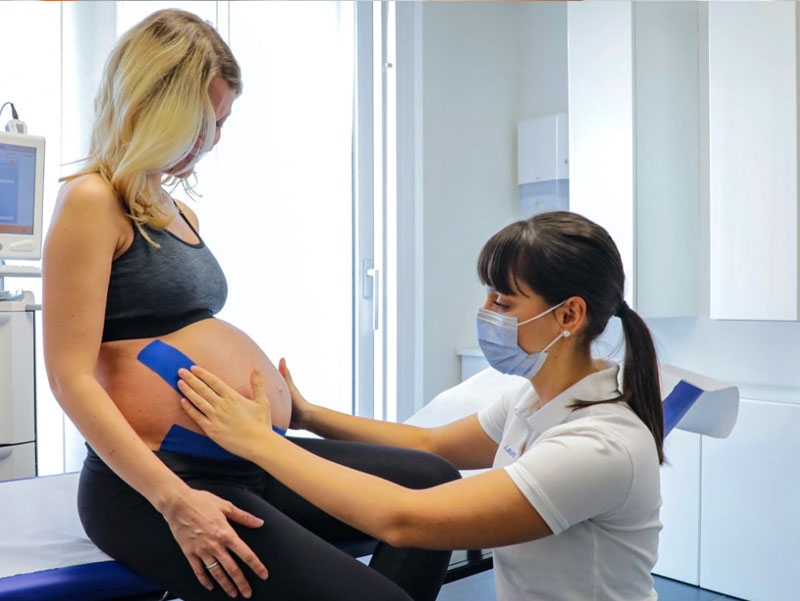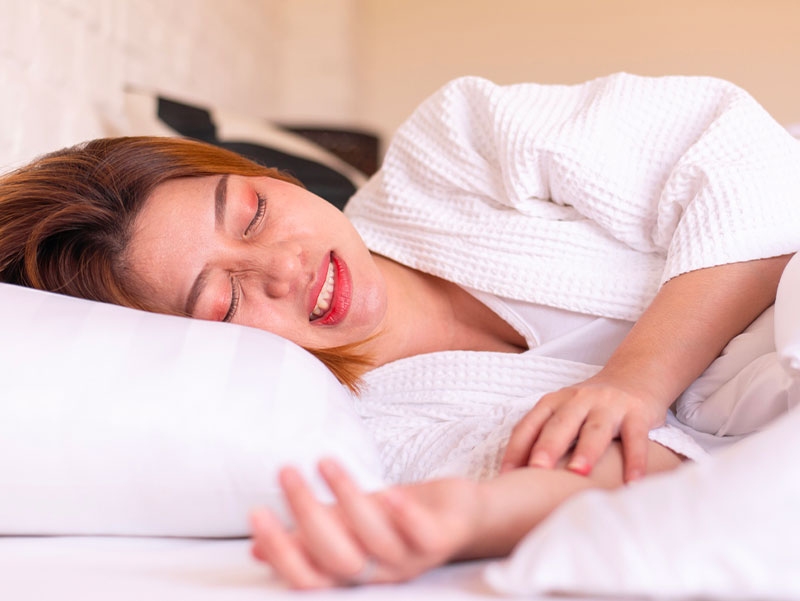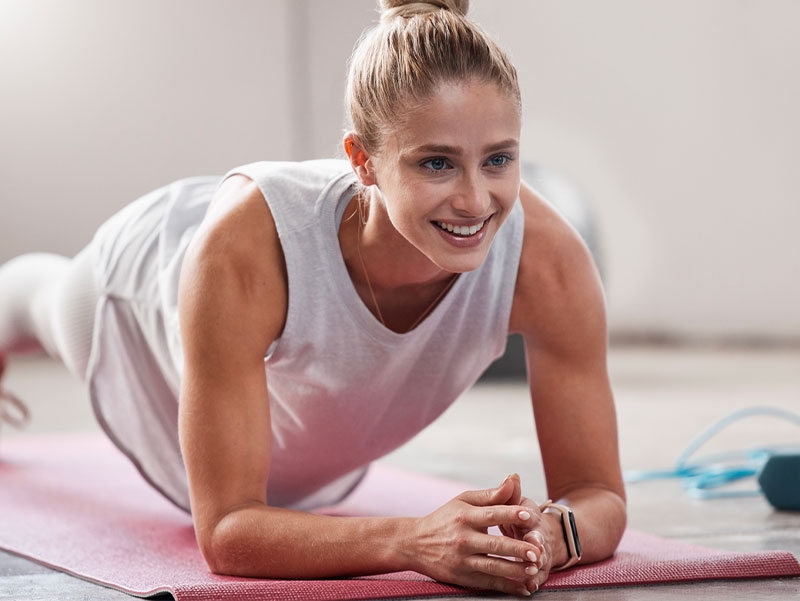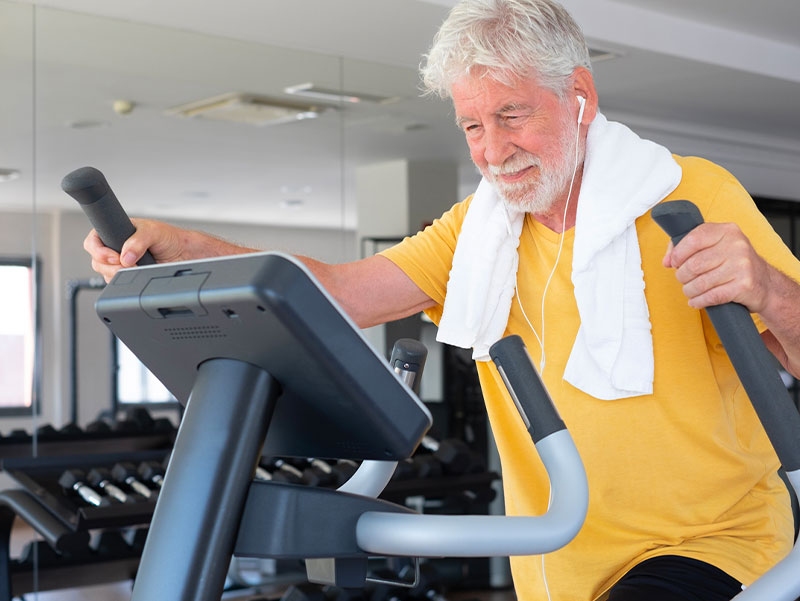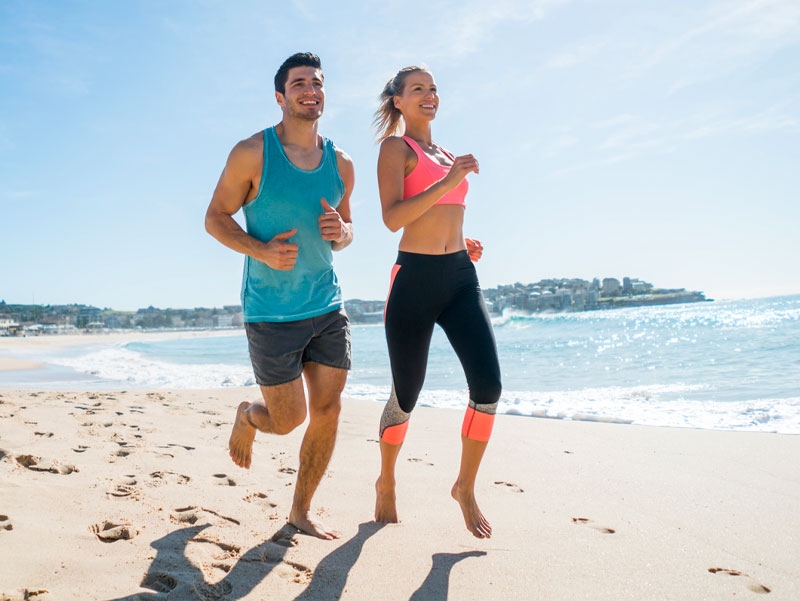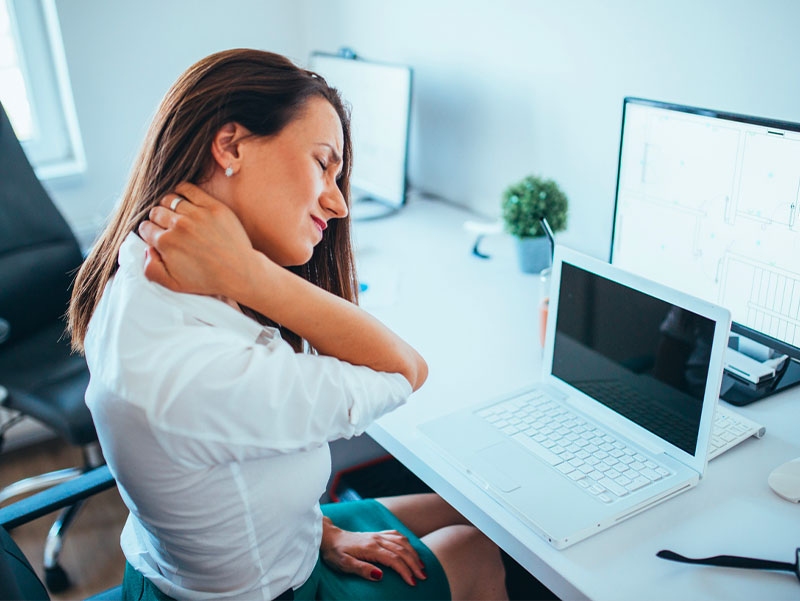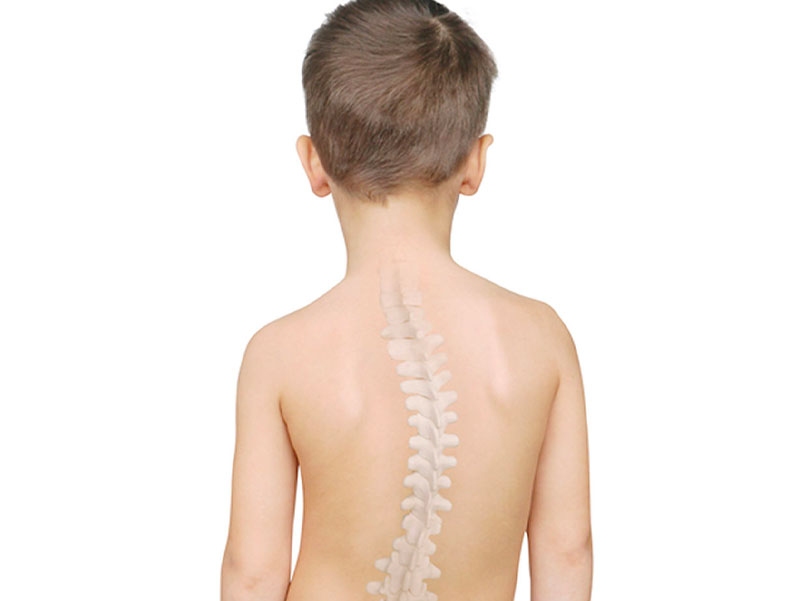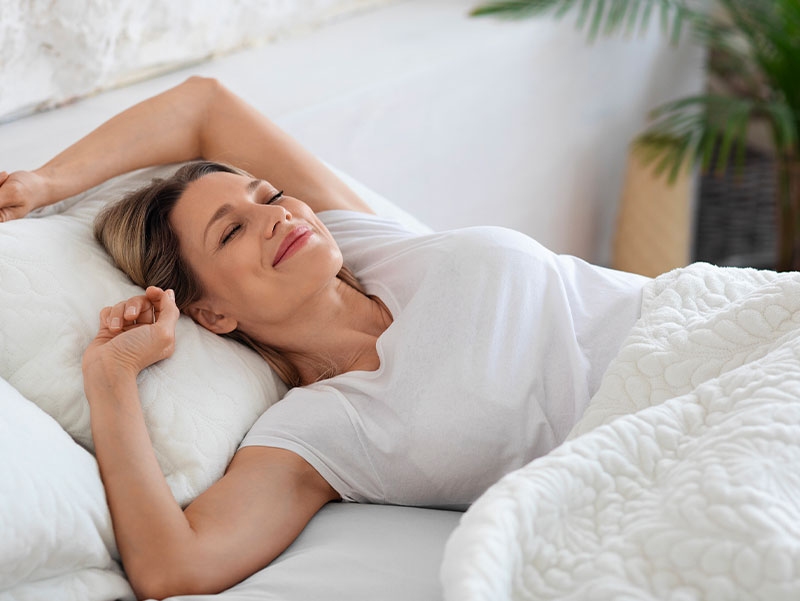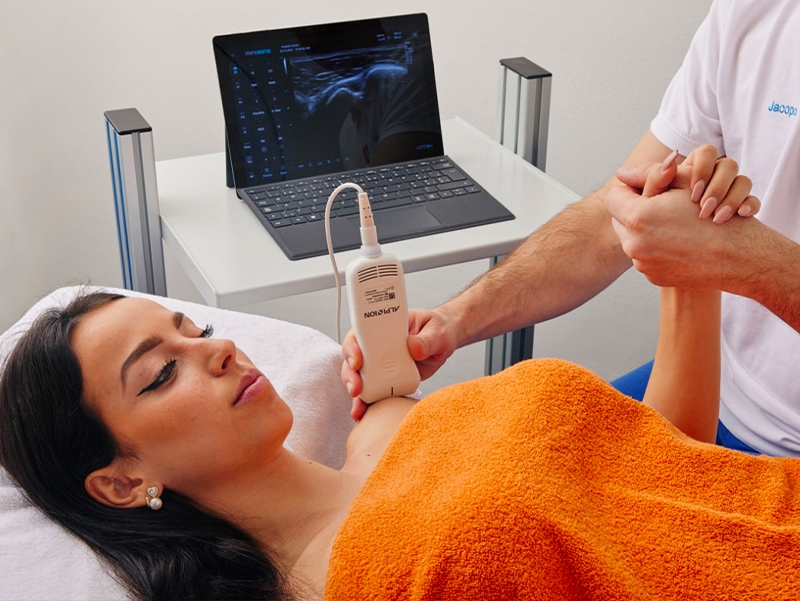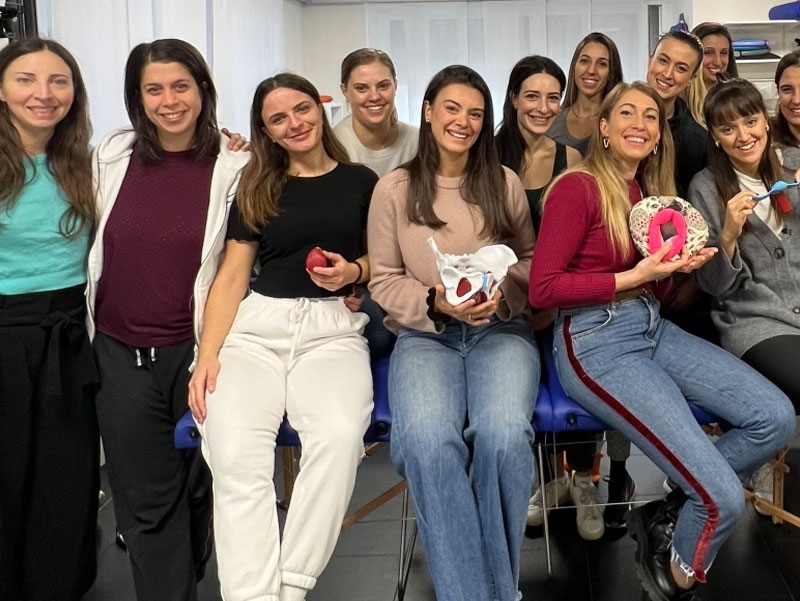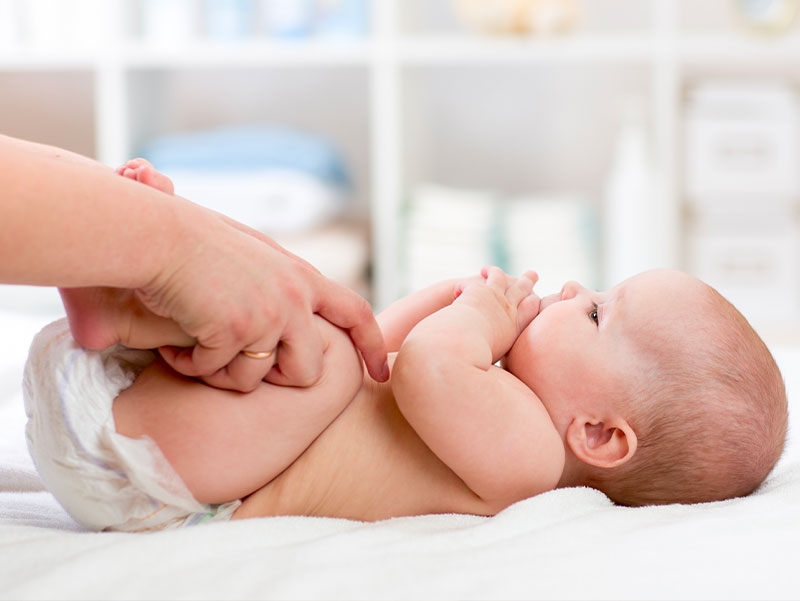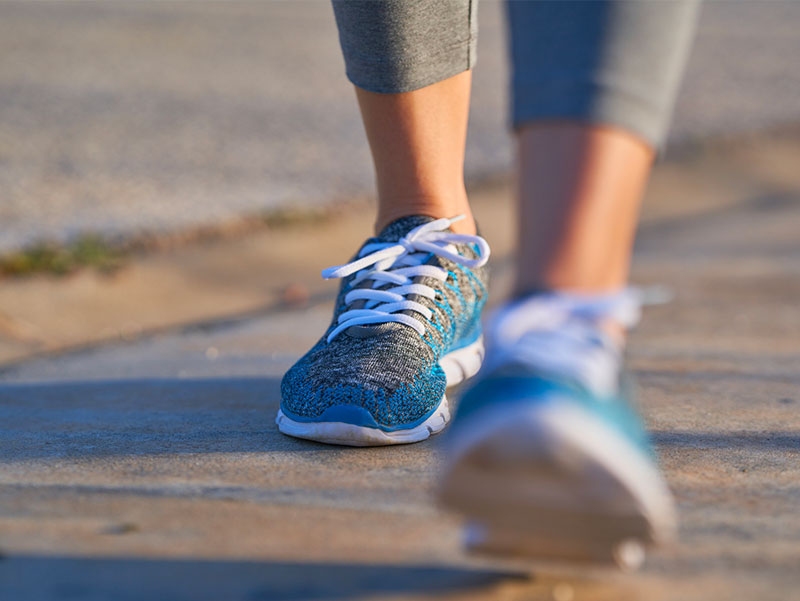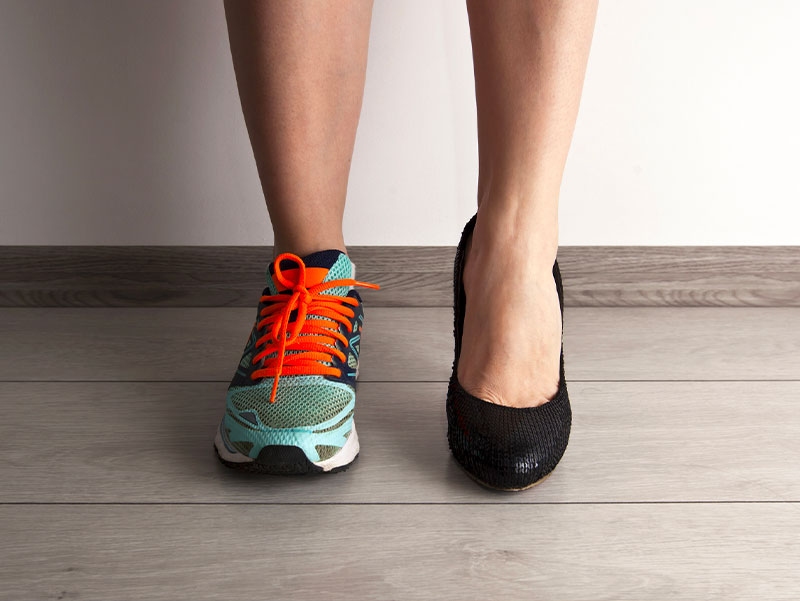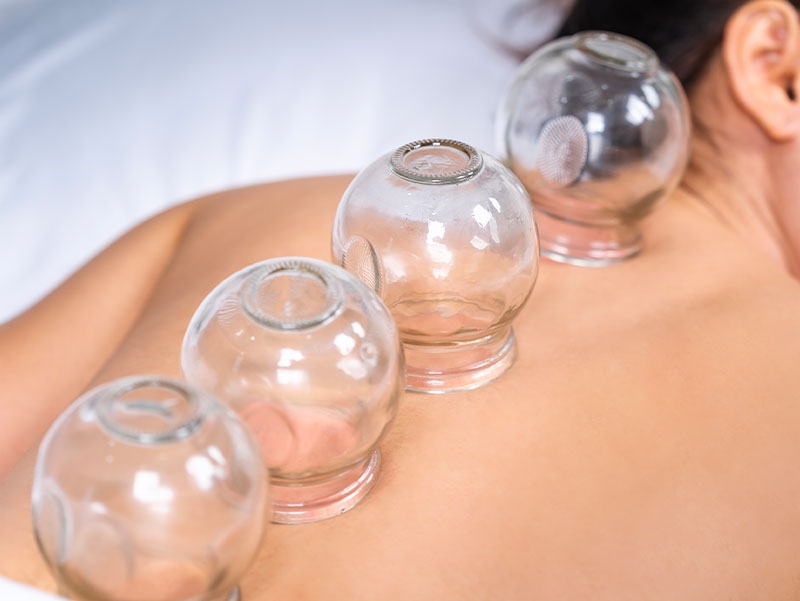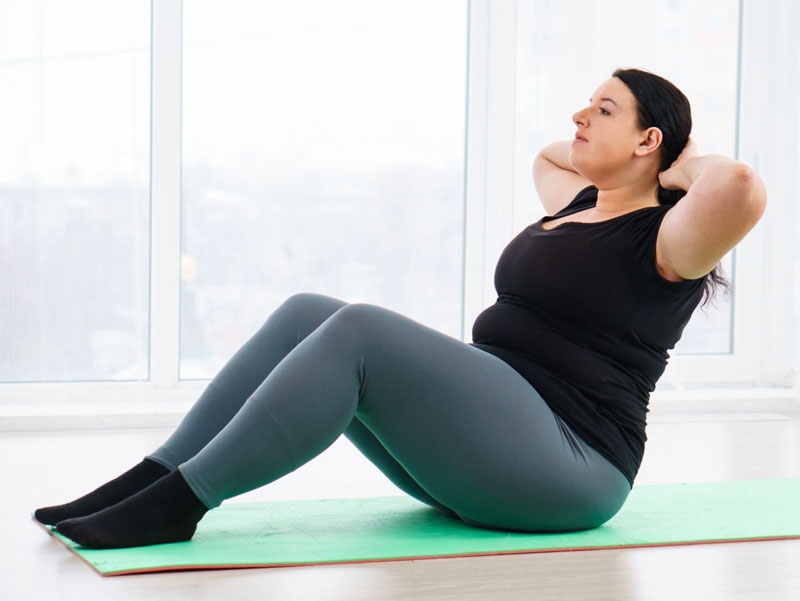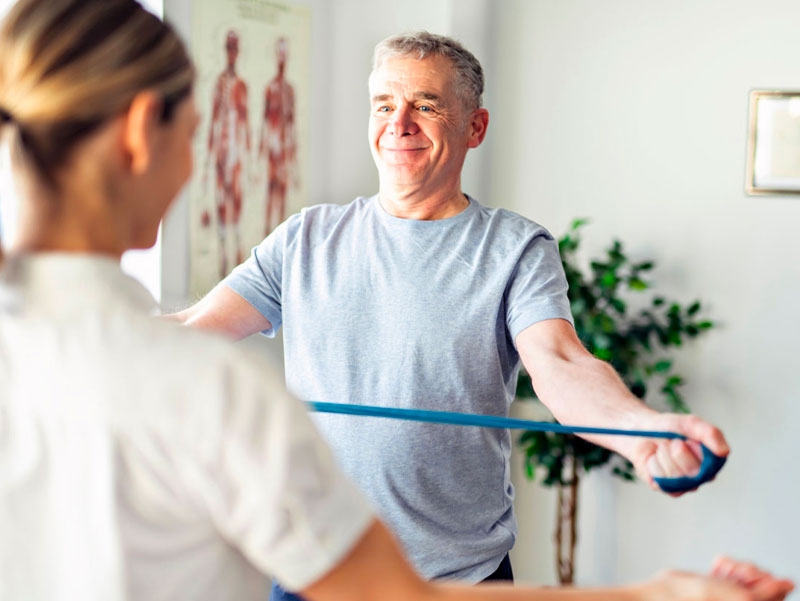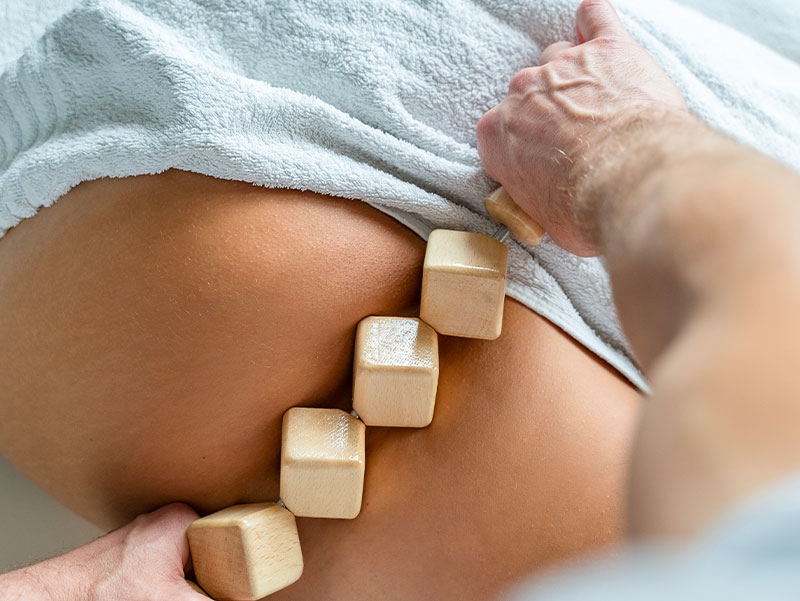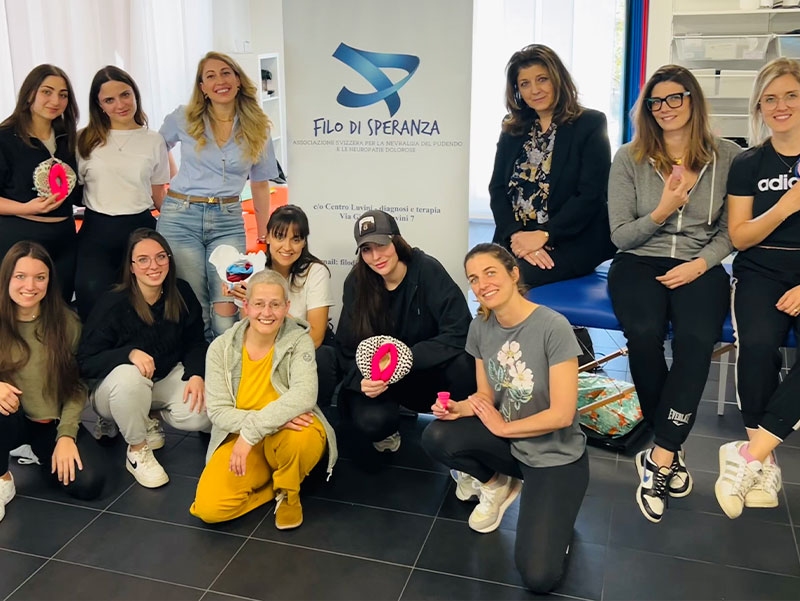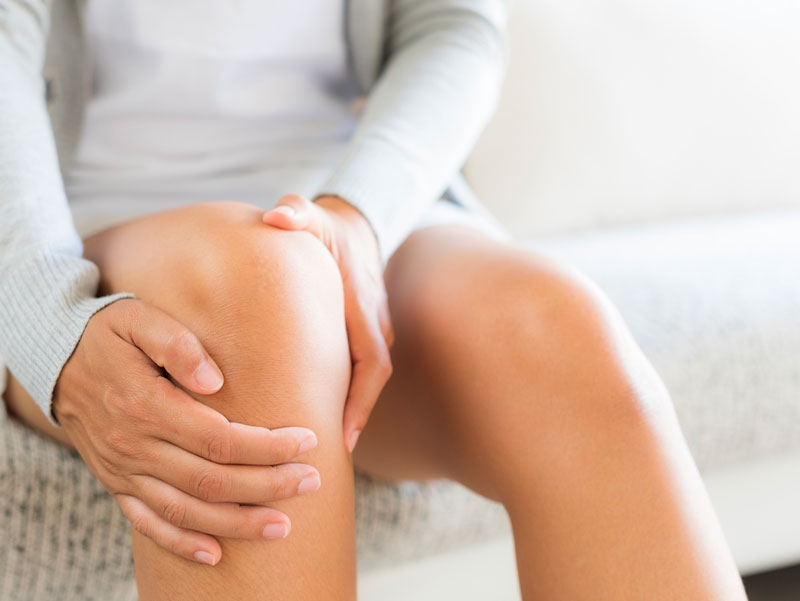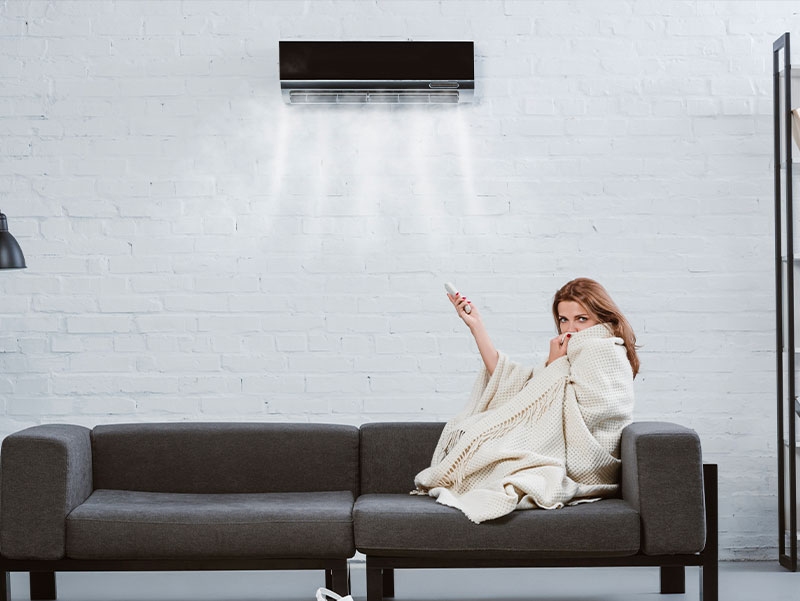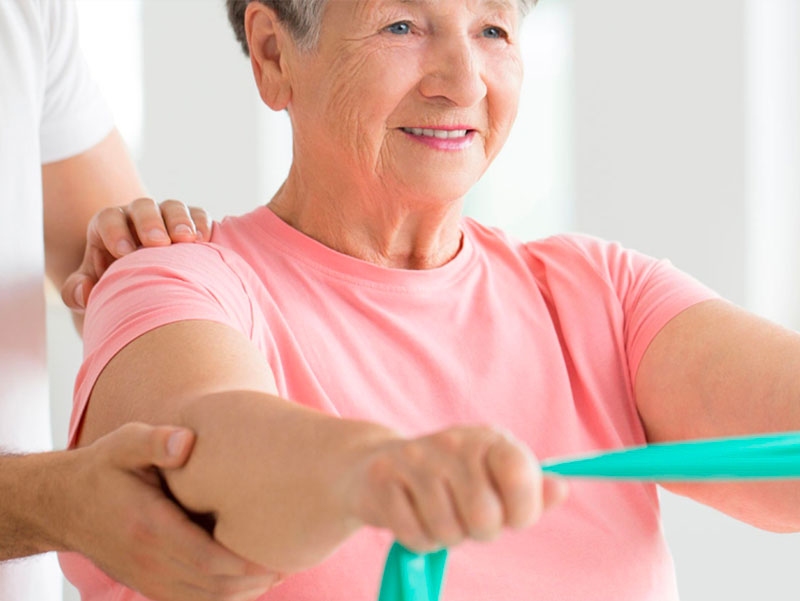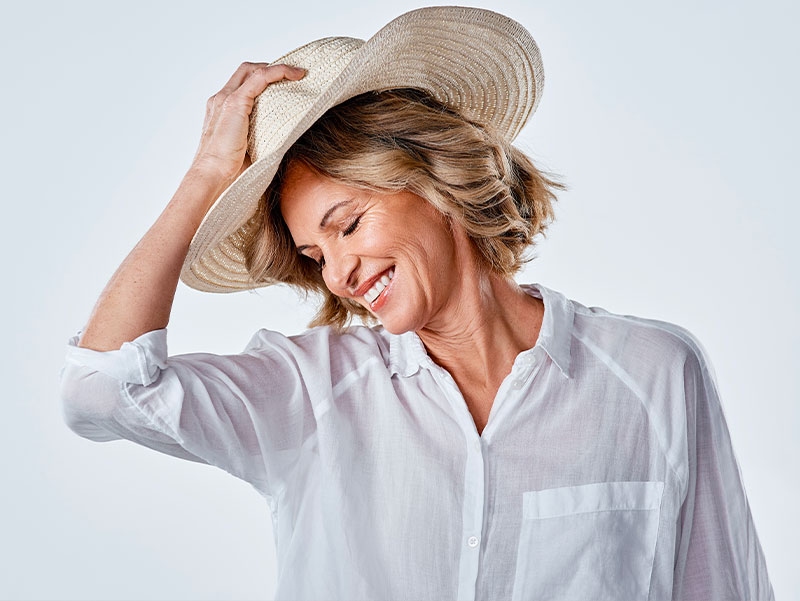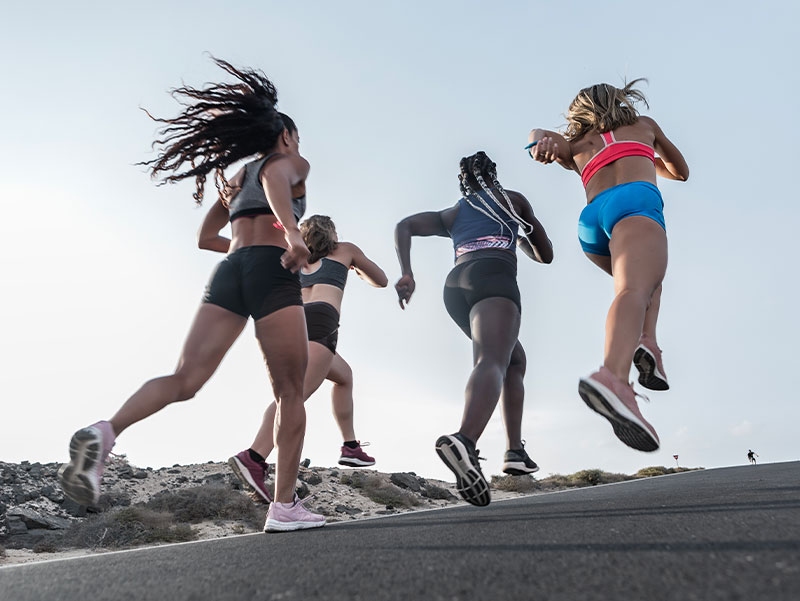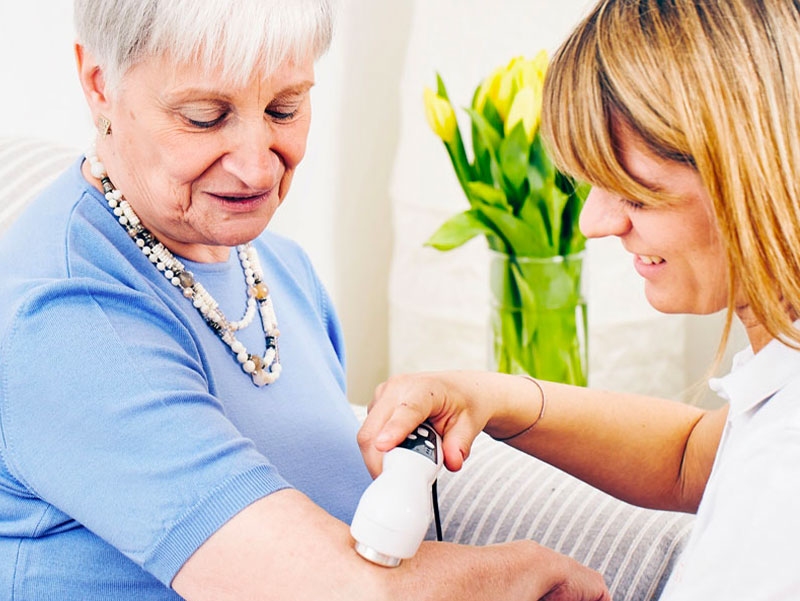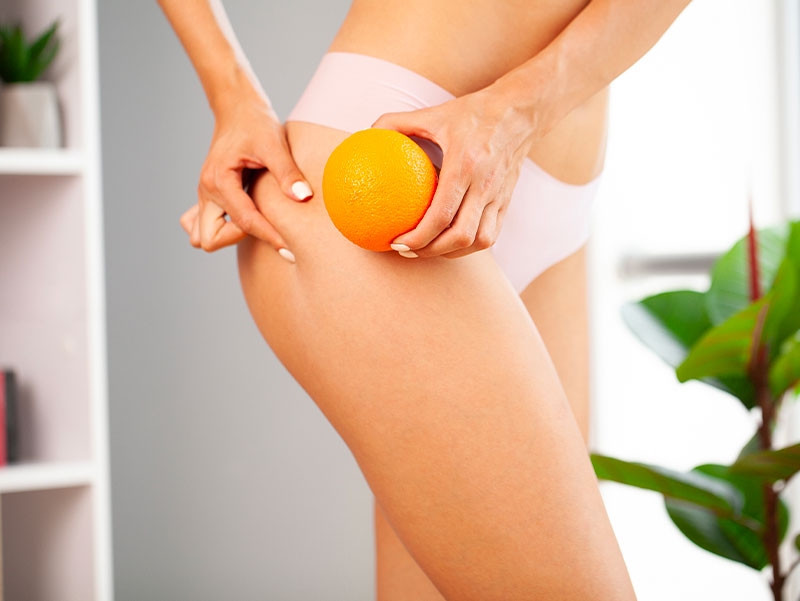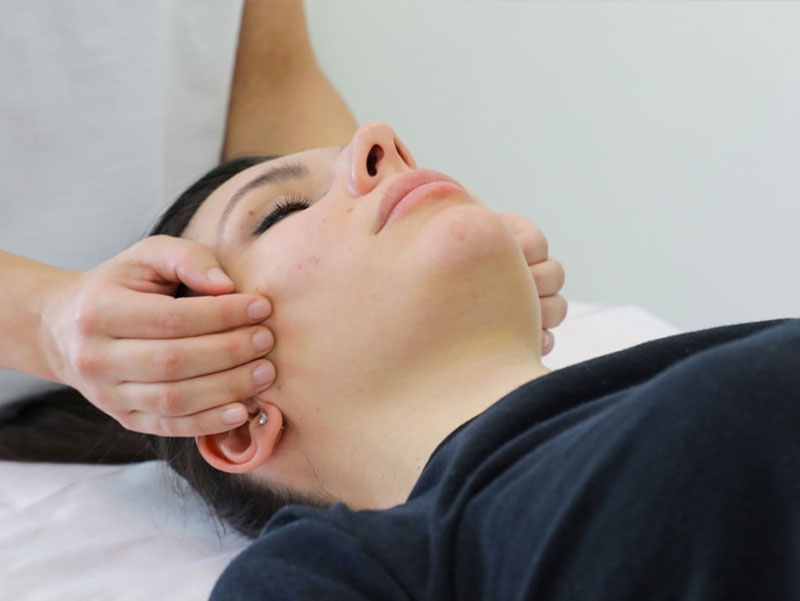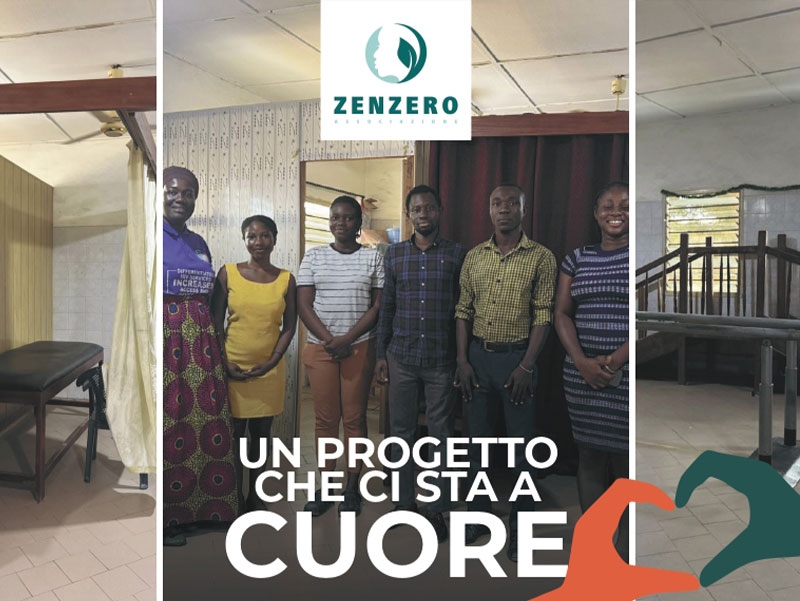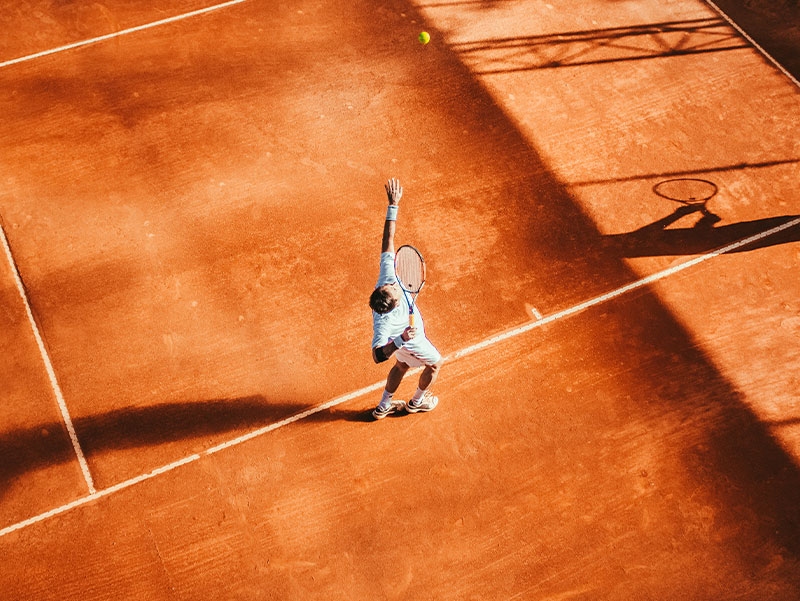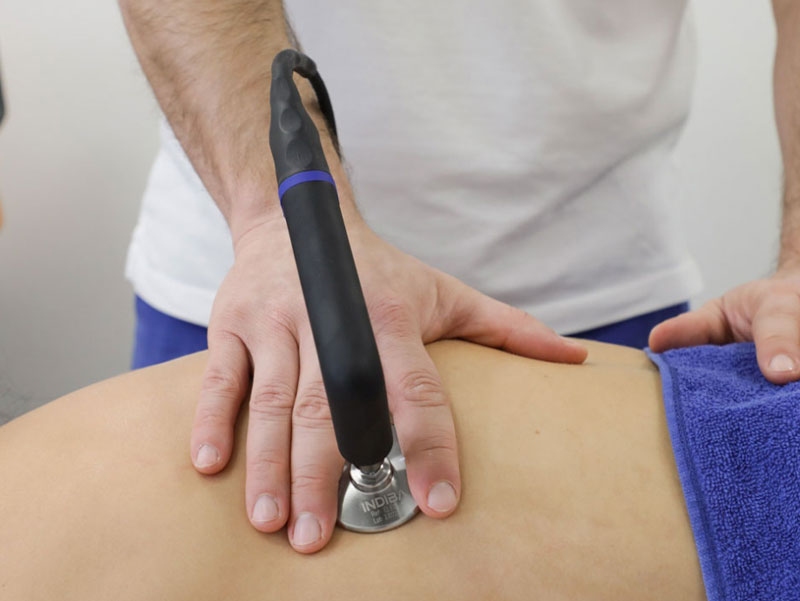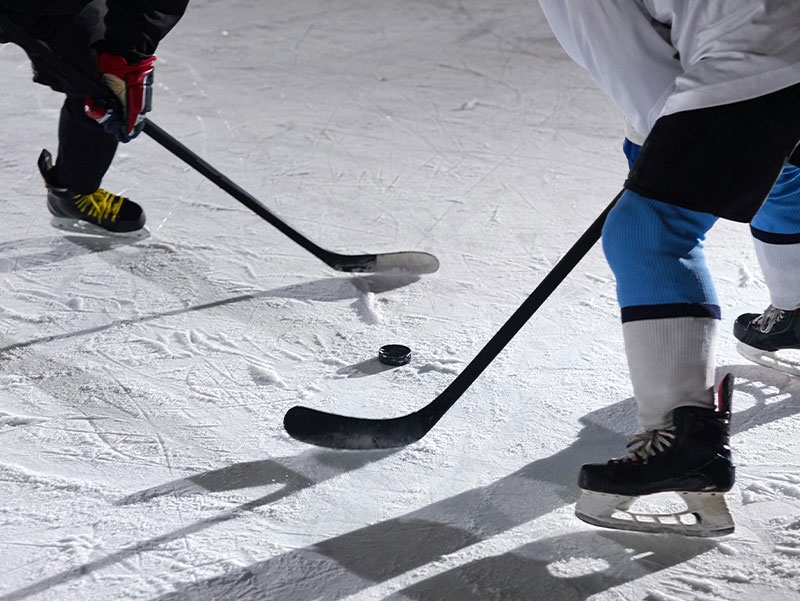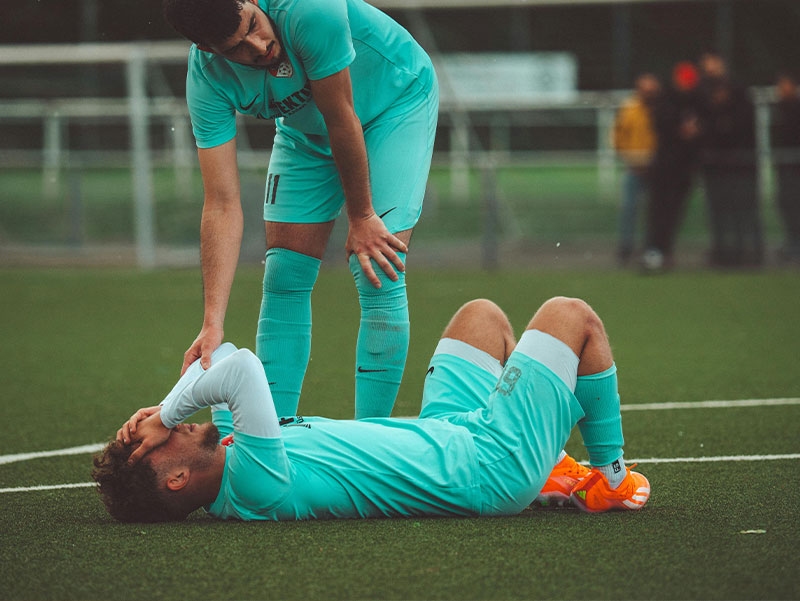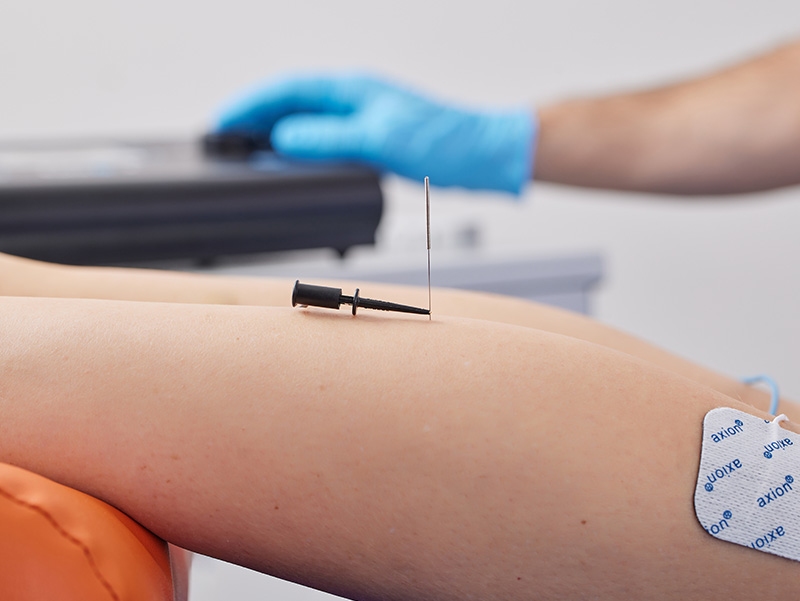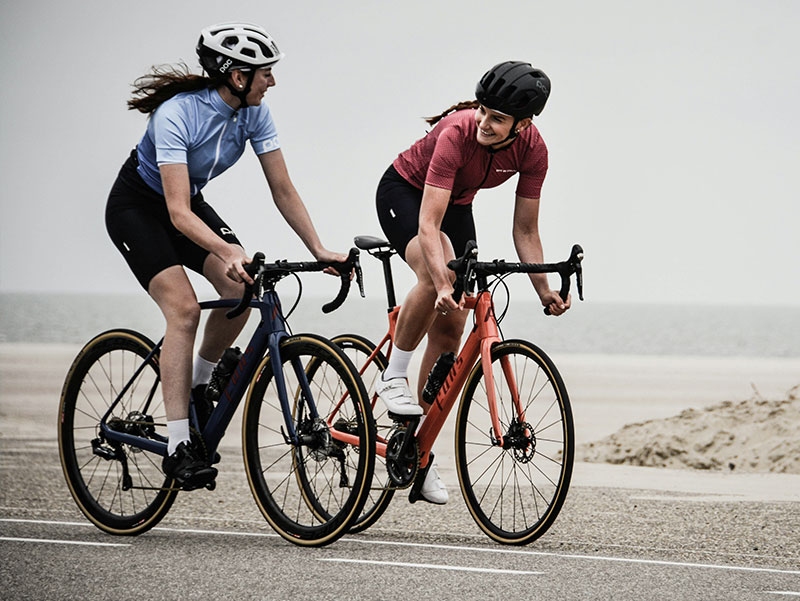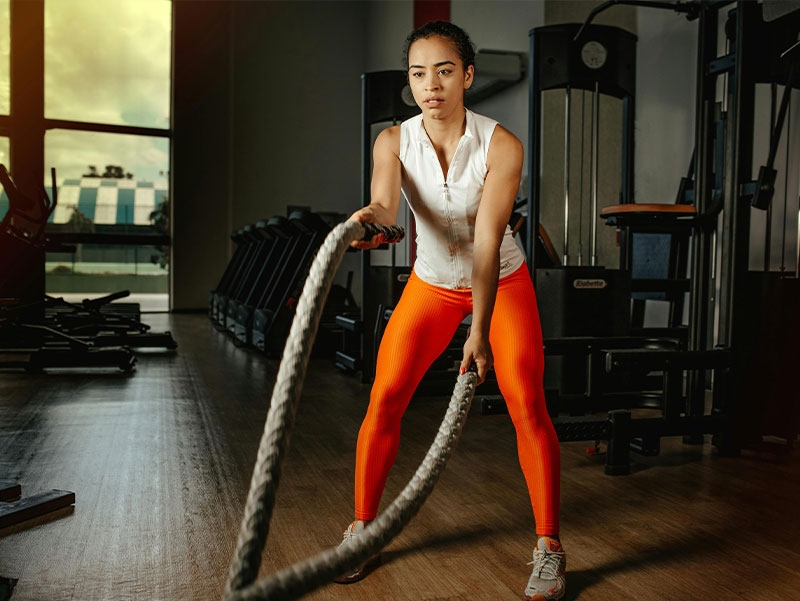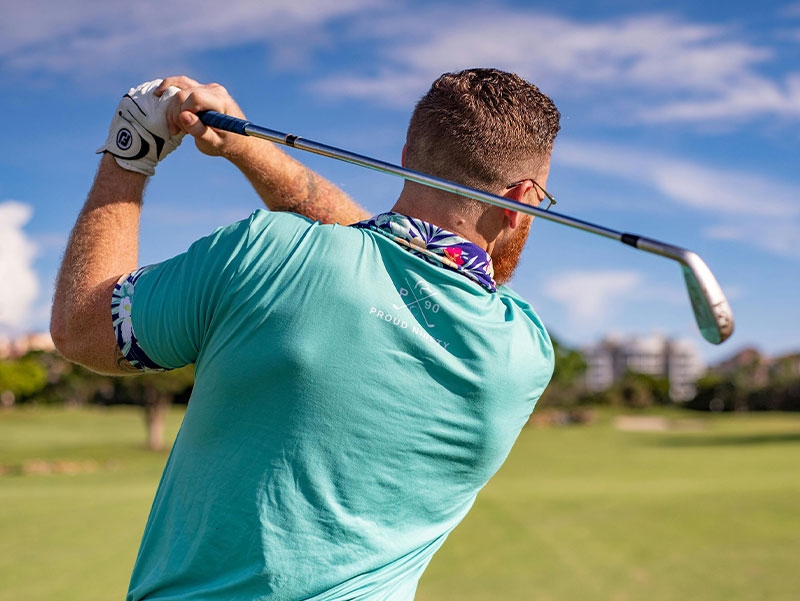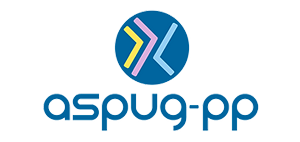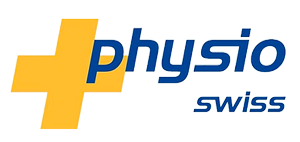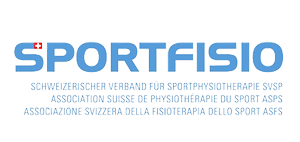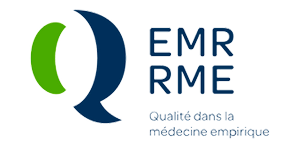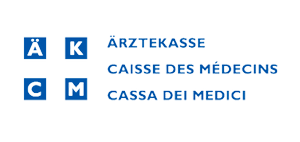Some of you may already be into crossfit, GAG, or body pump… but no matter how experienced you are in fitness, if you haven’t tried the “hundreds,” you haven’t really...
Yes, because the hundreds, along with many other exercises, are among the pillars of the Pilates method—a technique of functional recovery focused on refining proprioceptive ability, that is, the awareness of your body in space.
Invented by Joseph Pilates at the beginning of the 20th century, the method is capable of developing the body evenly, strengthening all muscle groups, and correcting poor posture.
How does it work?
Pilates can be practiced with the help of machines and equipment, but also with bodyweight alone—you’ve probably heard of matwork, the mat-based practice. Every exercise, however simple, must be performed with maximum attention; it is based on 7 key principles:
- concentration
- control
- center
- fluidity of movement
- precision
- breathing
- visualization
These may seem like simple words and concepts, but to master them perfectly takes time, consistency, and practice.
Despite this, Pilates is a training technique suitable for practically everyone—teens, adults, or seniors. Each exercise is designed to be performed at three levels of difficulty: basic, intermediate, and advanced—depending on intensity, joint mobility, and the degree of flexibility, elasticity, and strength of the muscle groups involved. It is therefore essential to progress gradually in order to reach proper execution of the final movement.
Is it for me?
Due to its high degree of modularity and adaptability to the person training, Pilates is an excellent complement to rehabilitation and can be useful for anyone looking to improve:
- joint mobility
- muscle-tendon elasticity
- body flexibility
- muscle tone and strength (especially back and abdominal muscles)
- posture
- breathing
- body awareness
- movement efficiency and economy
- mind-body connection
For teens: physical activity is very important during development. Pilates enhances body awareness, helps with flexibility and coordination, and, if needed, aids in posture correction.
For adults: working all muscles in the body, Pilates tones and shapes without overstraining the joints. It’s important to be guided by a trained instructor to avoid tendinopathies or overuse injuries.
For seniors: as age advances, activities that train balance and coordination are more advisable. In this, Pilates is a gentle and safe practice, working on walking and body awareness.
For pregnant and postpartum women: based on concentration and breathing, Pilates is a great way to stay in shape and care for your physical and mental well-being. It also involves the pelvic floor in many exercises, making it a valuable ally both during pregnancy and after childbirth.
For athletes: Pilates improves the quality and awareness of movement. For this reason, it can only be helpful to those practicing sports at any level and of any kind.
Practiced worldwide as preparatory and preventive exercise, Pilates is increasingly used by athletic trainers across all sports disciplines. In physiotherapy, it is often combined with orthopedic and neurological rehabilitation programs.
For everyone—beginners and experts—it’s recommended to practice it weekly and with the assistance of a professional who can customize the exercises to your fitness level and prevent errors that might lead to unwanted outcomes.
You’ve convinced me: where can I practice Pilates?
And here comes the big news from Kinetic. Yes, because our physiotherapist Carlotta and our personal trainer Alessandro are certified Pilates instructors and will soon begin offering classes at Kinetic Center focused on prevention and overall maintenance.
